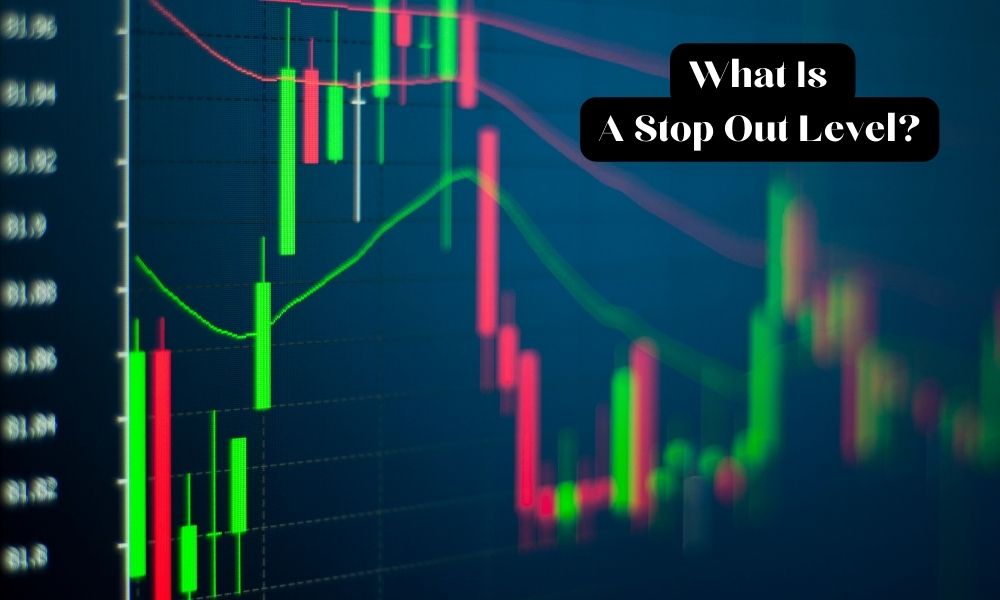

The Stop Out Level is a critical point in margin trading. When a trader's account equity drops to or below this level due to losses, the broker automatically closes their positions to prevent further losses and protect the account from going into a negative balance.

The "Stop Out Level" or simply "Stop Out" in forex trading mirrors the concept of the Margin Call Level but with a more dire twist.
In forex trading, the Stop Out Level is the point at which your Margin Level plunges to a specific percentage (%) that triggers the automatic closure or "liquidation" of one or all of your open positions by your broker.
This liquidation occurs because your trading account can no longer sustain the open positions due to insufficient margin.
To be precise, the Stop Out Level is reached when your Equity falls below a predetermined percentage of your Used Margin. When this threshold is crossed, your broker will commence the automatic closure of your trades, typically starting with the least profitable ones. The objective is to restore your Margin Level above the Stop Out Level.
If your Margin Level equals or dips below the Stop Out Level, your broker will promptly close any or all of your open positions to shield you from further potential losses. This act of closing your positions is referred to as a "Stop Out."
It's essential to understand that a Stop Out is not discretionary. Once the liquidation process commences, it's generally impossible to halt it because it operates automatically.
Your broker's customer support team is unlikely to intervene significantly, except to provide some empathetic support as you grapple with your losses.
Consider a scenario where your forex broker sets a Stop Out Level at 20%. In this context, your trading platform will automatically close your position if your Margin Level reaches 20%.
Let's continue with the example from the previous lesson, "What is a Margin Call Level?" In that scenario, you had already received a Margin Call when the Margin Level hit 100%. However, you chose not to deposit more funds, believing that the market would reverse.
Regrettably, your trading approach turned out to be less than successful. The market continued to decline, and you found yourself down by a substantial 960 pips, translating to a floating loss of $960 at $1 per pip.
As a result, your Equity dwindled to $40.
Equity = Balance + Floating P/L
$40 = $1,000 - $960
Now, your Margin Level stands at a perilous 20%.
Because the Used Margin cannot dip below $200 (the initial Required Margin to open the position), your position will be automatically liquidated at this juncture.
Upon closure of your position, the margin previously "locked up" is released and becomes Free Margin. However, the outcome is far from favorable for you. Your previously floating loss of $960 now becomes a "realized" loss, and your new Balance plummets to $40.
Since you have no open trades left, both your Equity and Free Margin are also pegged at $40.
Below is a summary of how your account metrics would appear at different Margin Level thresholds in your trading platform:
| Margin Level | Equity | Used Margin | Free Margin | Balance | Floating P/L | |
| Margin Call Level | 100% | $200 | $200 | $0 | $1,000 | -$800 |
| Stop Out Level | 20% | $40 | $200 | $0 | $1,000 | -$960 |
| Stop Out (Liquidation) | – | $40 | – | $40 | $40 | – |
When you have multiple positions open, brokers typically prioritize closing the least profitable position first.
Each closed position releases Used Margin, increasing your Margin Level. However, if this isn't enough to raise your Margin Level above 20%, your broker will continue closing positions until it does.
The Stop Out Level is designed to prevent you from losing more than your deposited funds. If your trades keep losing, you could end up with a negative account balance, which brokers want to avoid.
Let's explore how the liquidation process works in that scenario.
Every broker may have its own specific liquidation process, so it's essential to check with your broker. However, the following is a commonly used approach that can give you an idea of what to expect.
Suppose the Stop Out level is set at 100%. In that case, an AUTO LIQUIDATION of the position with the largest unrealized loss occurs if the Margin Level drops below 100% of the required margin. Subsequently, the position with the largest unrealized loss is closed, followed by the next largest losing position, and so on, until the Margin Level is back at 100% or higher.
Depending on the size and unrealized P&L of your open positions, all your positions may be liquidated to meet the margin requirement.
Remember, it's your responsibility to monitor your account and ensure you maintain the required margin to support your open positions. Don't wait until your positions are auto-liquidated to take action.
You can still express your frustration, but perhaps only in front of a mirror.
Read our latest news on any of these social networks!